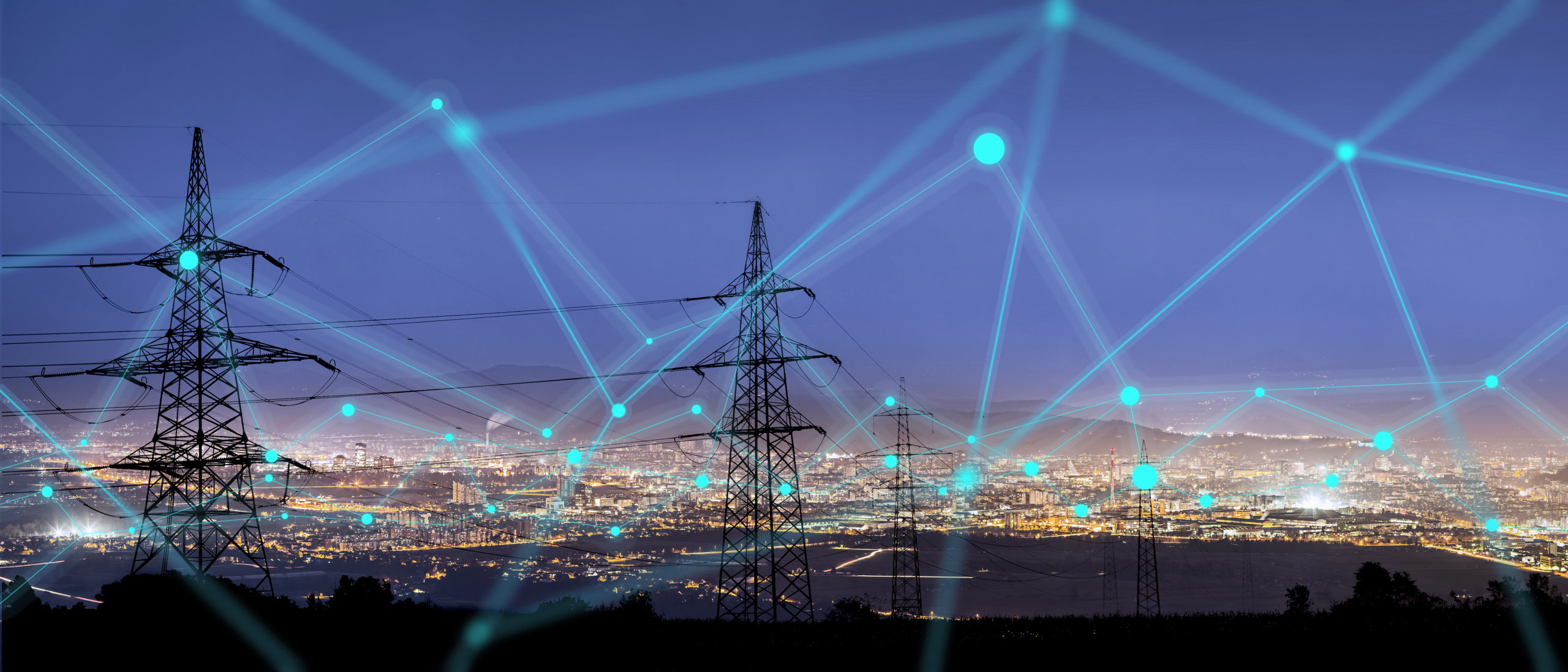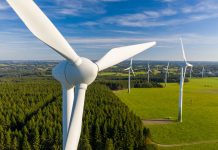Britain’s renewable power generators have this week been authorised to provide balancing and stability services to the nation’s grid, in a claimed ‘game-changing’ world’s first.
National Grid ESO confirmed that a new modification – Grid Code GC0137 – now allows converter-connected technologies including wind, solar and interconnectors to provide ‘grid forming’ or virtual synchronous machine capability to the nation’s backbone.
Previously, such capability had been limited to generation from hydrocarbons and nuclear plants.
Tony Johnson, leader of the project for National Grid ESO’s markets team, hailed what he called “a breakthrough moment”.
“This is a key piece in the energy transition jigsaw, that will ensure we can operate a fully decarbonised grid and deliver on our net zero commitments,” Johnson said.
Faster response times counted in milliseconds from converter control systems are what has convinced guardians of Britain’s transmission backbone that wind, solar and hydro can mimic near-instant response from traditional synchronous plant, responding quickly enough to dampen out system fluctuations.
According to Jackson, ten years of collaboration between the NG-ESO and stakeholders have gone into deciding how heightened capabilities in balancing equipment could be married to the grid’s needs.
The twin goals of any stability system are maintaining transmission voltages and respecting tolerances permitted around the 50 Hz AC frequency.
Tasked to run the national transmission grid at zero carbon by 2025, the NG-ESO’s industry operator group assembled under its Stability Pathfinder projects still has refinements to decide.
But Ofgem’s approval of the code modification on 31 January means generators are now free to calibrate their equipment to standards required to bid for stability services, including inertia and frequency support.
“Britain is the first country to have achieved this step, which is being watched with interest by system operators and manufacturers around the world,” National Grid ESO added.
Focussing on inertia and not generation, Drax, Welsh Power, Statkraft, Triton and Uniper are contracted to provide stability calculated by the NG-ESO to be worth £128 million to consumers in reduced bills.




